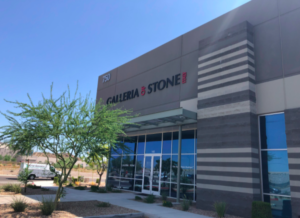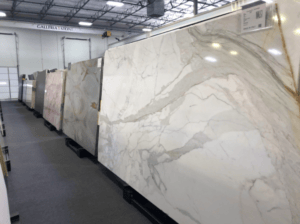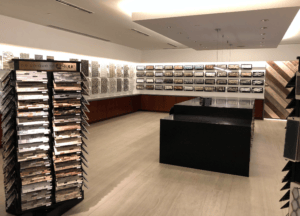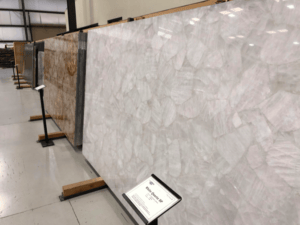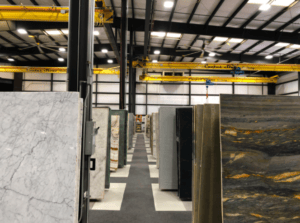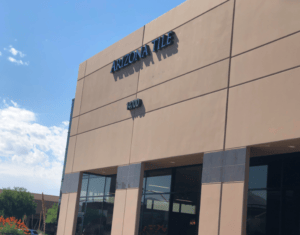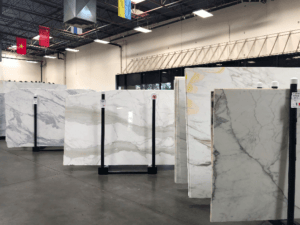Today's open floor plans and expansive kitchens make countertop surface choices a crucial design decision. Understanding the history and available options can help you make an informed selection. Read on to discover the fascinating evolution of countertop materials and what’s available in the Phoenix Metro area.
A Look at Countertop History
The Formica Era
Formica was the original plastic laminate countertop material, invented in 1912 by Westinghouse Corporation as an electrical insulation. By the 1950s, it became the go-to choice for affordable, low-maintenance surfaces. Made from layers of resin-saturated craft paper with a decorative top sheet, Formica set the stage for mass-produced countertops. As the patent expired, brands like Wilsonart, Pionite, and Nevamar emerged, offering hundreds of color and pattern choices.
Corian and Solid Surface Revolution
In the 1960s, Dupont introduced Corian, a solid surface acrylic countertop that became widely popular in the 70s and 80s. Initially available in white, Corian evolved to include over a hundred colors. After its patent expired, companies such as Avonite, Hanex, and Wilsonart launched their own variations, making solid surface countertops more accessible at different price points.
Granite’s Rise to Popularity
Granite and marble have long been high-end options, but by the early 2000s, track home builders started using granite as a standard upgrade from laminate or solid surfaces. The most common granite choices at that time were Bianco Antico, Colonial White, Giallo Santo, Lapidus, Baltic Brown, and Uba Tuba. With advancements in pre-cut manufacturing and overseas imports, granite became more affordable and found its way into multi-family apartments as well.
The Quartz Revolution
The quartz countertop industry originated from terrazzo tile manufacturing in Italy, perfected with a mix of 93% quartz aggregate and 7% resin. This combination made quartz highly durable and non-porous. Despite initial resistance from fabricators in 2004 due to its unique cutting and machining requirements, quartz quickly gained favor due to its low maintenance and longevity. Leading brands today include Caesarstone, Silestone, HanStone, and Cambria.
The Future: Porcelain Slabs
Porcelain slabs are the next innovation in countertop surfaces. Made from sand, feldspar, glass, quartz, and Kaolin clay, these slabs are fired at high temperatures, resulting in an ultra-durable, non-porous surface. Current market contenders include Dekton, Ascale, Sapienstone, NeoLith, and Lapitec. Porcelain slabs are ideal for large kitchen islands and can replicate high-end marble at a fraction of the cost. Though still in their infancy in the U.S., porcelain surfaces are expected to grow in popularity.
Where to Find Quality Countertops in the Phoenix Metro Area
Galleria of Stone
Location: 750 East Covey Lane #145, Phoenix, AZ 85024
Phone: (602) 354-3229
- Features unique marble, quartz, and porcelain slabs
- Clearly labeled pricing to prevent sticker shock
- Exclusive offerings from Italian brand Antolini
The Stone Collection
Location: 4101 South 38th St., Phoenix, AZ 85040
Phone: (602) 889-2067
- 15,000 sq. ft. showroom with stunning installations
- 100,000 sq. ft. warehouse for full slab viewing
- No appointment required
Cactus Stone
Location: 401 South 50th St., Phoenix, AZ 85034
Phone: (602) 914-2202
- Serving the Valley since 1973
- Scottsdale showroom featuring tile and vignettes
- Currently upgrading showroom to showcase new materials
Arizona Tile
Location: 14700 N. Hayden Road, Scottsdale, AZ 85260
Phone: (480) 991-3066
- Multiple locations across the Valley
- Large selection of tile and slab materials
- Spacious, air-conditioned slab viewing area, no appointment necessary
Final Thoughts
Whether you're upgrading a kitchen or designing a new home, selecting the right countertop surface is a vital decision. From the budget-friendly Formica to the luxurious granite, the modern quartz, and the up-and-coming porcelain slabs, there is a perfect option for every style and budget. Visit one of Phoenix's top showrooms to explore your options and bring your vision to life!



